RopeArmour
TreeHouser
Location is large open space on the flats of the grand river.
1st we had to clean up many large Man maples some hung up, few on the ground and others near horizontal with roots up, root flares plunged into the ground and others failing completey or partially fractured and a mess of fractured and severed limbs up high.
We picked away at the trees finally leaving the largest and what seemed to be the most secure and closest to safe. We gently pulled/testing the tree and observed zero movement.
We turned are back to it and went to work on other trees that had failed about an hour or so later the tree fell fairly slowly with a few audible groans/cracking.
Points is the centre of mass and the fulcrum point/s did not allow for true reading of tree stability. In retrospect the tree should have been pull tested in more than one direction, propped or dropped.
Island job on Georgian bay basically Canadian shield.
I had to remove two dead Red Oaks interconnected with a live Oak.
Test pulled the live Red oak as this is the tree I wanted as my safety tie. With said tree I observed a miniscule amount of movement and decided it was a go for climbing.
I started climbing and noticed the live Red oak was sitting on the dead oaks and started to clear limbs for better observations. It looked like the dead guys where supporting the live tree so I throw a line into a neighbouring white Pine and abandoned the tip in the Red oak for a tip in the Pine. Had to take the weight off the Red at the top and sides and then beyond the pressure points where the live red was sitting on the dead reds.
I had to make two thrilling cuts, the pops and releases of dead and live wood was as close to brown trouser as one can get.
All ended well but reading a tree soley based on pull tests in one plane is foolish.
Pulling against or opposite the centre of mass or lay is well advised.
A dead or alive tree with zero movement as observed with pull tests, may be at or near complete failure!
1st we had to clean up many large Man maples some hung up, few on the ground and others near horizontal with roots up, root flares plunged into the ground and others failing completey or partially fractured and a mess of fractured and severed limbs up high.
We picked away at the trees finally leaving the largest and what seemed to be the most secure and closest to safe. We gently pulled/testing the tree and observed zero movement.
We turned are back to it and went to work on other trees that had failed about an hour or so later the tree fell fairly slowly with a few audible groans/cracking.
Points is the centre of mass and the fulcrum point/s did not allow for true reading of tree stability. In retrospect the tree should have been pull tested in more than one direction, propped or dropped.
Island job on Georgian bay basically Canadian shield.
I had to remove two dead Red Oaks interconnected with a live Oak.
Test pulled the live Red oak as this is the tree I wanted as my safety tie. With said tree I observed a miniscule amount of movement and decided it was a go for climbing.
I started climbing and noticed the live Red oak was sitting on the dead oaks and started to clear limbs for better observations. It looked like the dead guys where supporting the live tree so I throw a line into a neighbouring white Pine and abandoned the tip in the Red oak for a tip in the Pine. Had to take the weight off the Red at the top and sides and then beyond the pressure points where the live red was sitting on the dead reds.
I had to make two thrilling cuts, the pops and releases of dead and live wood was as close to brown trouser as one can get.
All ended well but reading a tree soley based on pull tests in one plane is foolish.
Pulling against or opposite the centre of mass or lay is well advised.

A dead or alive tree with zero movement as observed with pull tests, may be at or near complete failure!
Last edited:







 held it long as I could but couldn't resist.
held it long as I could but couldn't resist.